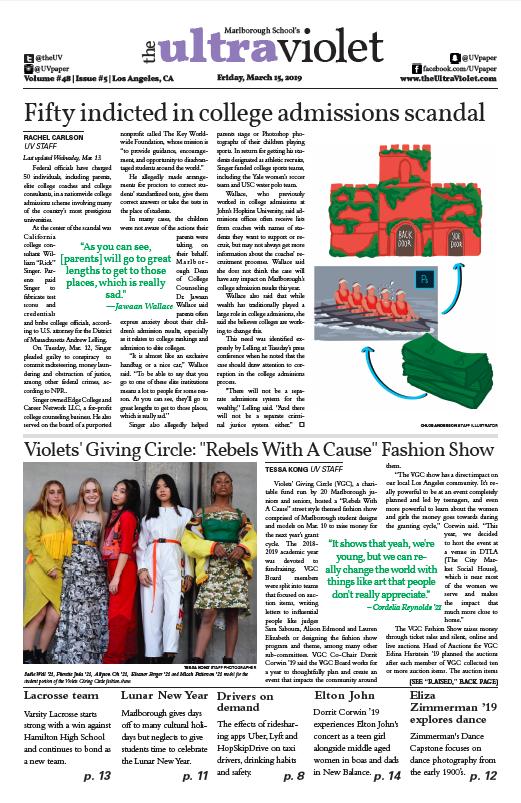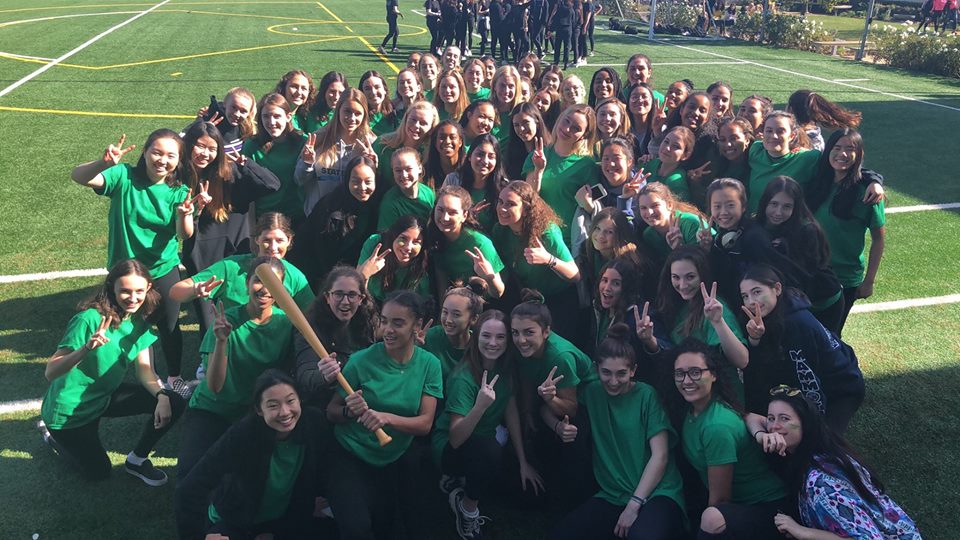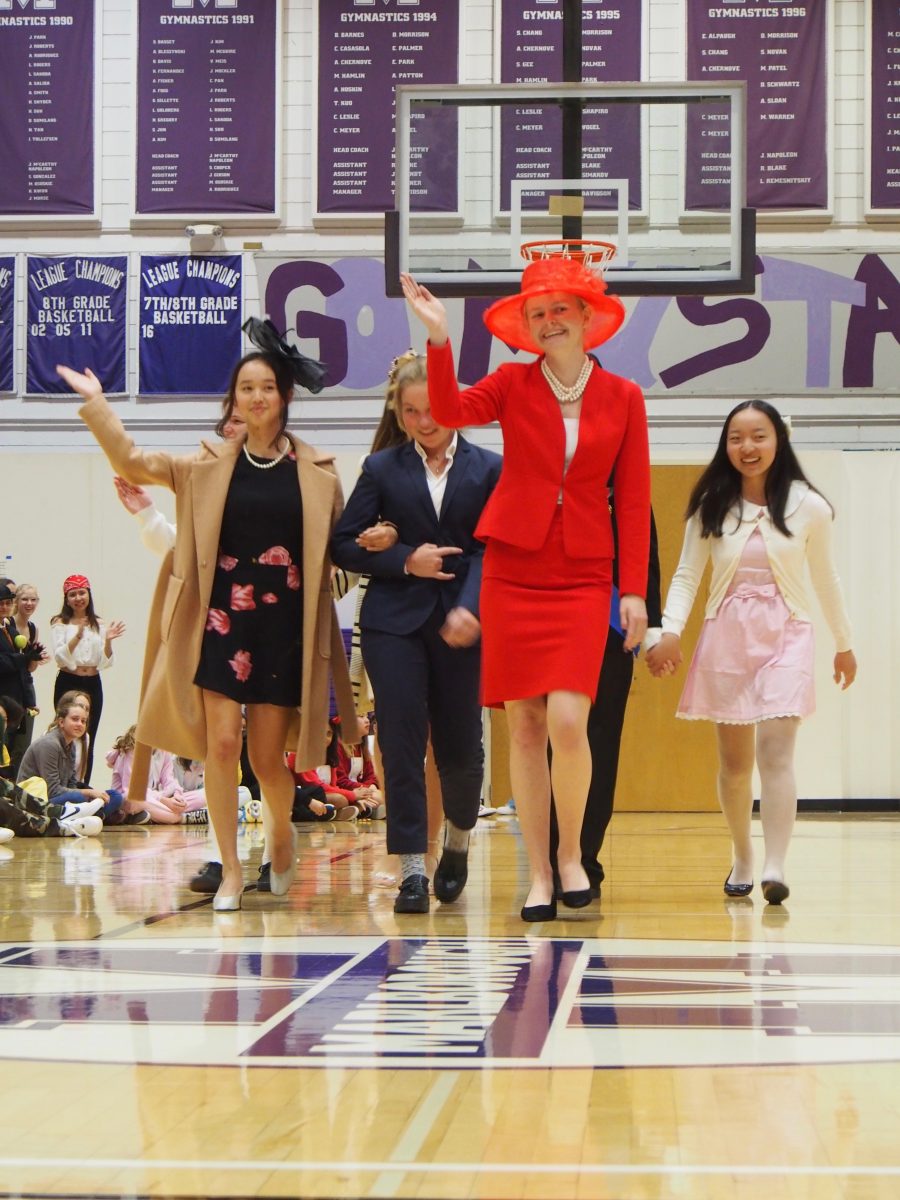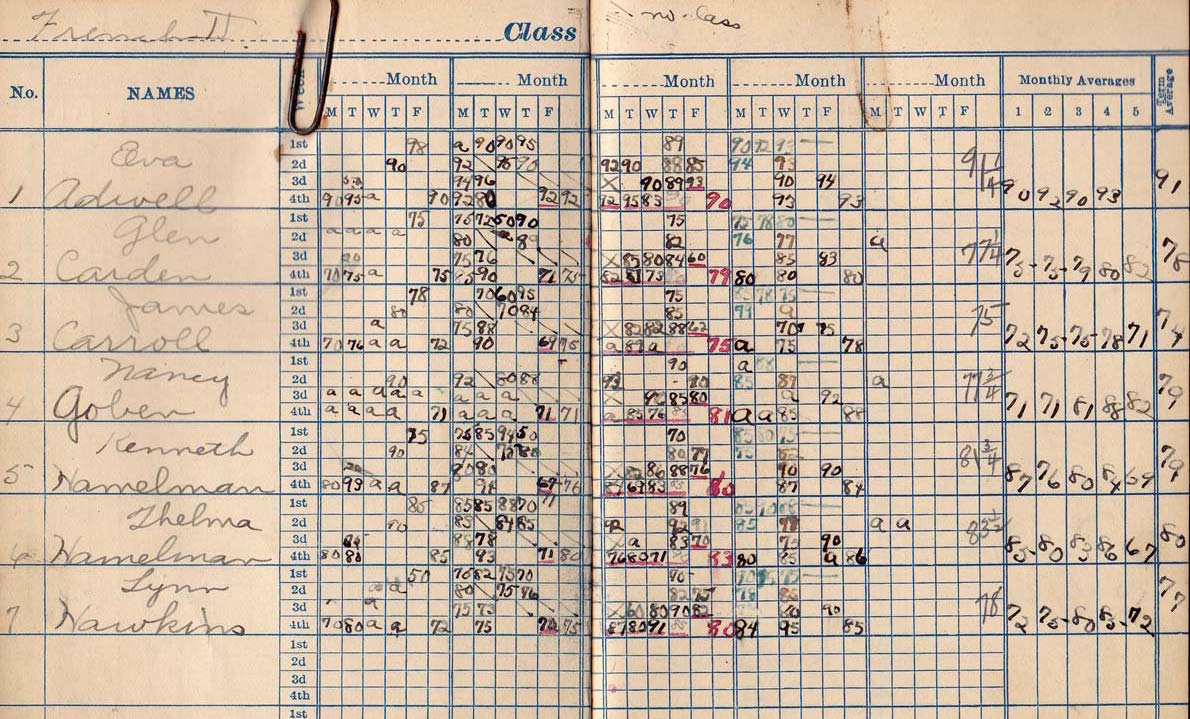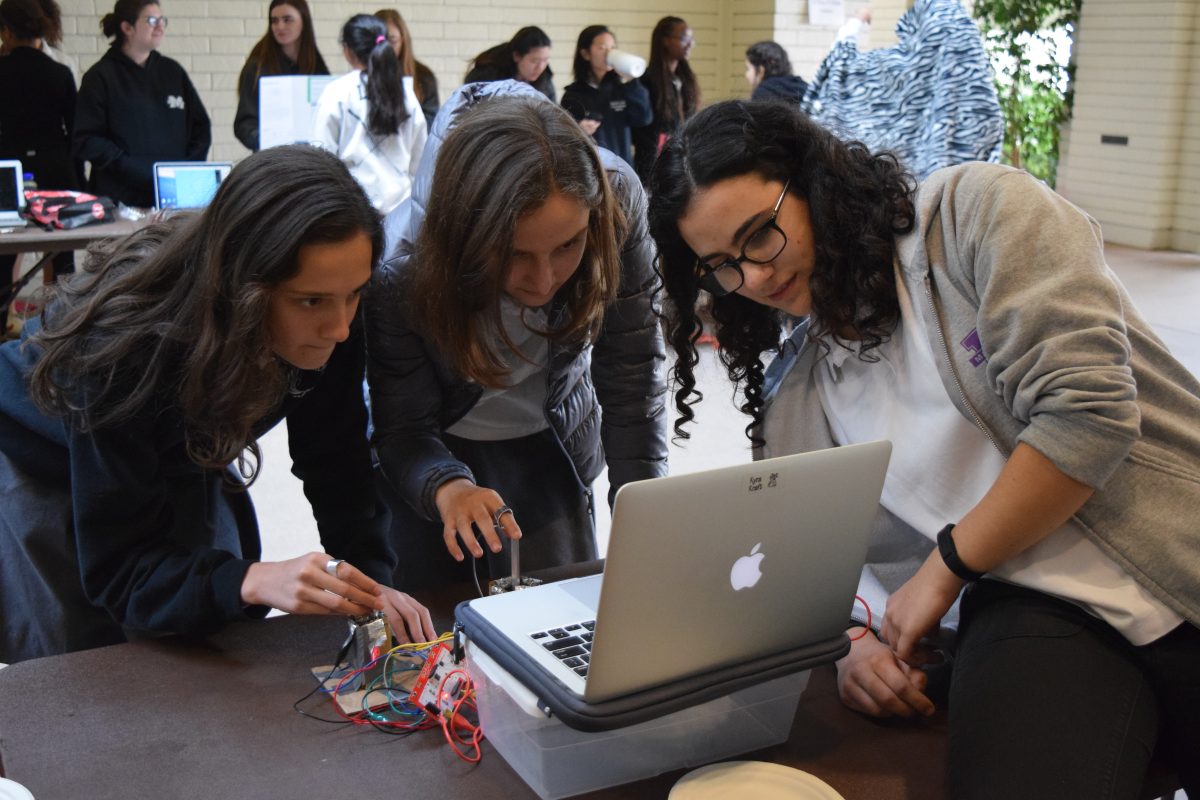
Nobel Laureate Murray Gell-Man visited Marlborough on Oct. 5 and met with students participating in the honors research program, as well as other interested faculty.
Gell-Man, who won the 1969 Nobel Prize, developed the theory of elementary particles and conducted groundbreaking research in “fractional charges,” but was often called a little crazy from his work.
“It wasn’t difficult to figure out, but it was difficult to overcome the prejudices. People thought I had flown the coop!” Gell-Man said.
String theory, the relationship between the particle spectrum and open or closed loops, was also a topic of discussion. Gell-Man believes string theory needs to be enlarged into universal string theory, one that deals more with the relationship between complexity and simplicity.
Gell-Man, who attended Yale when he was fifteen, wanted to be anything but an engineer, and stumbled into physics because he “hated it enough, and understood enough” at the same time.
Gell-Man also spoke about the Los Alamos, an institute he founded that would erase boundaries between disciplines, in order to further science. Los Alamos is where Robert Oppenheimer worked to develop the nuclear bomb during WWII.
“I was at Steve Jobs’ house on Monday, and I asked him ‘Who’s your hero?” He said Robert Oppenheimer,” Gell-Man said. “I always thought that the Academy of Science should have a statue of Hitler or Stalin or Mao. Look what they did for science!”


